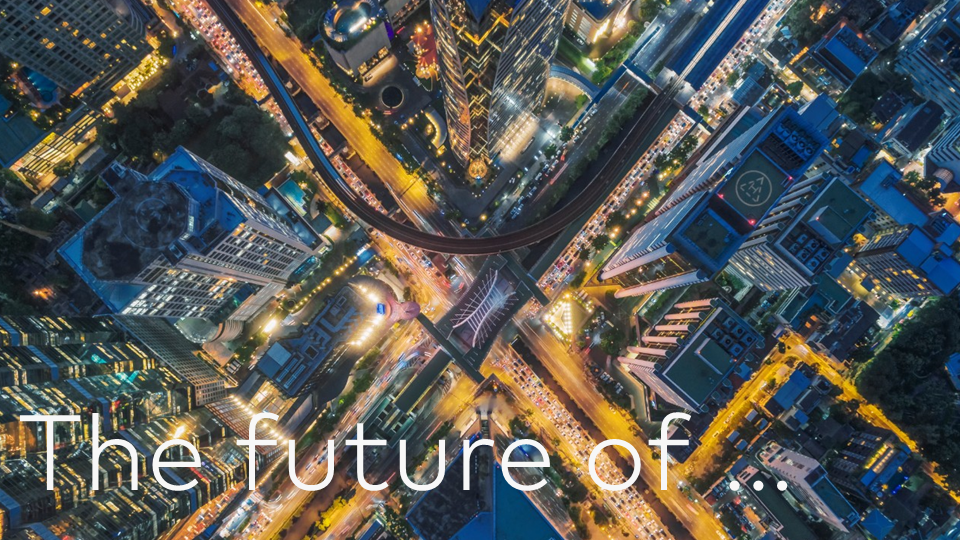Has the year of connected cars, virtual personal shoppers and sustainable consumption arrived?
January 22, 2024 | By Deborah Lynn Blumberg
In the world of payments, there has been more change in the last five years than the previous fifty. Patients can settle doctors’ bills by scanning a QR code. Workers order their morning coffee with a click, then pay for their commute with a tap on a turnstile. And merchants have been able to cash in on these innovations too. They are increasingly creating payment experiences that build brand recognition and customer loyalty.
In 2024, our love affair with easy, convenient payments and personalized shopping will only deepen. Emerging technologies are poised to usher in a spate of new innovations — ideas that were once the stuff of science fiction.
From AI-powered personal shoppers to connected cars that can pay for its own fueling or charging, here are five big payments trends that will shape how people work, live and shop in 2024.
01
Any device can be a commerce device
Consumers worldwide already pay for public transportation with tap-and-go technology. The rise of in-car payments will be the next frontier, with connected cars complementing our smart cities.
Car manufacturers like Mercedes and Skoda are partnering with technology leaders like Mastercard to securely link and store drivers’ chosen card to their vehicle to easily pay for gas or charging and tolls or pay to charge their electric vehicle without having to step outside their car.
Thanks to 5G, cloud and biometrics, in the coming year far more connected devices will be able to make payments. We’ll see payments through mixed-reality-enabled devices, such as headsets, and the proliferation of next-gen wallets that can connect consumers to merchants for even more tailored and personalized shopping experiences.
02
AI-powered personal shopping consultants will help reduce our stress
When shopping online, consumers find themselves inundated with well-intentioned features, such as vast product selections, customer testimonials and price comparison. Overwhelmed, they wind up sinking hours into searching for a single item.
Enter generative AI-powered personal shopping consultants. Consumers will be able to find what they’re looking for more easily through the help of virtual shopping assistants that scan the product assortment to find the exact item they need. They weed out products with bad reviews, pinpoint the most cost-effective and appealing option, and can even personalize those recommendations to customers’ unique needs and style based on past and real-time behavior.
Merchants, for their part, can use similar technology to create product descriptions and platforms that give shoppers a hyper-personalized storefront.
03
As fraudsters innovate, AI and open banking will work harder to safeguard data
As technology has advanced, cybercrimes have spiked. Gone are the days of the obvious email scams rife with spelling mistakes and poor grammar asking people to send funds overseas. Now we contend with deepfake images and videos and personalized phishing emails and ads.
Knowing that people truly are who they claim to be — distinguishing between genuine customers and bad actors — is critical for both businesses and consumers. Luckily, innovations in AI, identity markers and biometrics are exposing fraudsters. For instance, new AI platforms can examine the payment recipient’s account activity — factors like account names payment values, geographic locations and relationships with other accounts — to assess payments in real time, identifying potentially fraudulent payments. This data is scored and shared with banks in a matter of milliseconds alerting them to the risk and allowing them to stop the payment before the money has left the victim's account.
Open banking, which lets people selectively and securely share their financial information with third parties, is often used to help people easily open new accounts, manage their finances online, and make borrowing easier, safer and more inclusive. As fraud becomes more sophisticated and more markets embrace open banking, capabilities like identity verification and device validation will be harnessed to instill trust in every transaction and interaction.
04
Sustainable consumption will change the way people and businesses spend
The last century’s economic and social development has taken its toll on the environment. In fact, lifestyles are now responsible for an estimated two-thirds of global emissions.
In 2024, more companies will work to provide their partners and consumers with digestible, actionable information about the environmental impact of their purchasing decisions. Businesses will enable consumers to make more conscious, more sustainable choices. Ultimately, each swipe, click or tap will be a chance for consumers to contribute back to the planet and fight climate change.
05
The consumerization of B2B payments will simplify how businesses pay each other
Businesses in recent years have been transforming themselves to meet new consumer expectations for speed, simplicity, convenience and choice when it comes to payments, but for their vendor and supplier payments, many are still mired in paper-based processes. New technologies are emerging to empower them to keep up.
In 2024, the appetite for replacing outdated, legacy payments tools with digital ones will only continue to grow — as companies seek out ways to gain better insight into their spending and boost their efficiency. With the rise of application programming interfaces and migration to the cloud, the steep adoption curve for innovative payment technologies will flatten even further, enabling more corporations to start enjoying the consumer-grade payments experiences they are accustomed to in their personal lives.
This month, the Mastercard Newsroom is exploring how rapidly evolving technology, heightened consumer expectations and economic and societal pressures are changing how we live, work, shop and innovate.

-
2024
- Has the year of connected cars, virtual personal shoppers and sustainable consumption arrived?